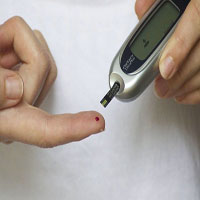 Smart Citations
Smart CitationsSee how this article has been cited at scite.ai
scite shows how a scientific paper has been cited by providing the context of the citation, a classification describing whether it supports, mentions, or contrasts the cited claim, and a label indicating in which section the citation was made.
Barriers to dietary modifications for people living with type 2 diabetes in a rural indigenous Guatemalan community
In Guatemala, the prevalence of diabetes continues to increase with a disproportionate burden falling on indigenous rural communities. In this study, we assessed barriers to making dietary modifications for people living with type 2 diabetes in a rural indigenous Guatemalan population. Structed interviews (n=32) were conducted with participants selected from a convenience sample of adults with type 2 diabetes living in villages in and around San Lucas Tolimán, Guatemala. Frequencies were calculated for closed-ended questions and content analysis was used to evaluate open-ended questions. Most participants (81%) were women with low-levels of formal education and average daily food expenditure of just over $1 USD. The majority of participants were able to identify foods important in a diabetic diet, however, with significant barriers to making dietary modifications. Commonly cited perceived barriers included high costs of food due to travel and storage, inadequate local access to fresh fruits and vegetables and incompatibility with traditional diet. Several structural and cultural barriers exist to prevent dietary modifications for people living with type 2 diabetes in this rural indigenous population.

 https://doi.org/10.4081/hls.2021.10002
https://doi.org/10.4081/hls.2021.10002





